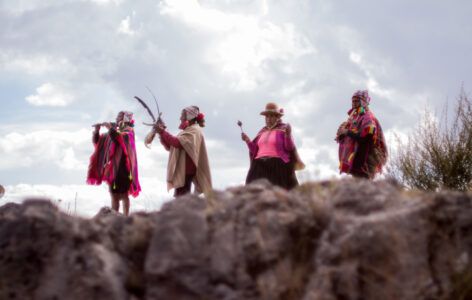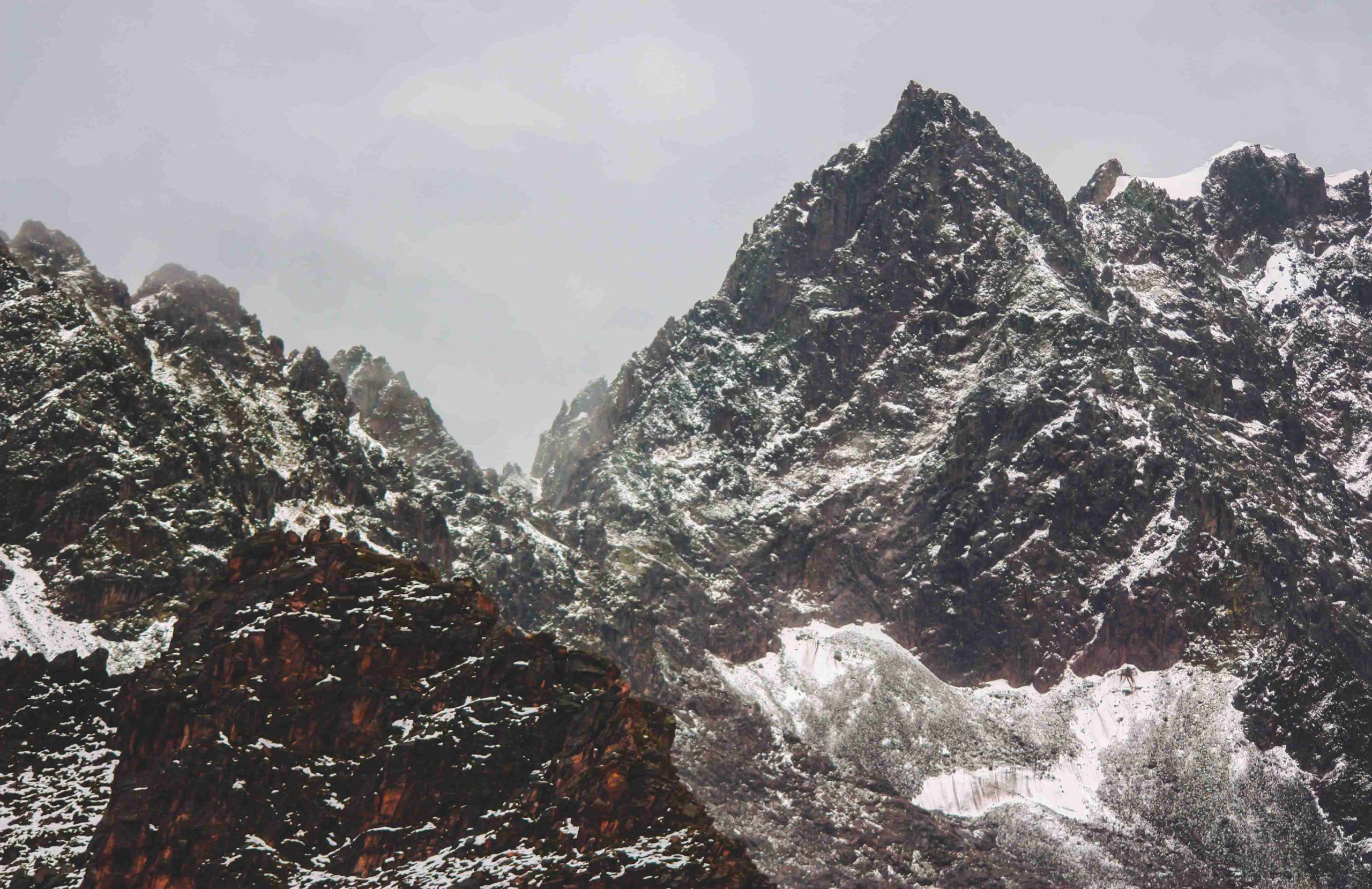In contemporary discourse about intercultural exchange, “cultural appropriation” is often invoked when symbols, rituals, or spiritual practices of a marginalized culture are adopted superficially or commercially by outsiders.
Yet this concept can misfire if applied indiscriminately—especially when we speak of the paqos of the Q’ero tradition.
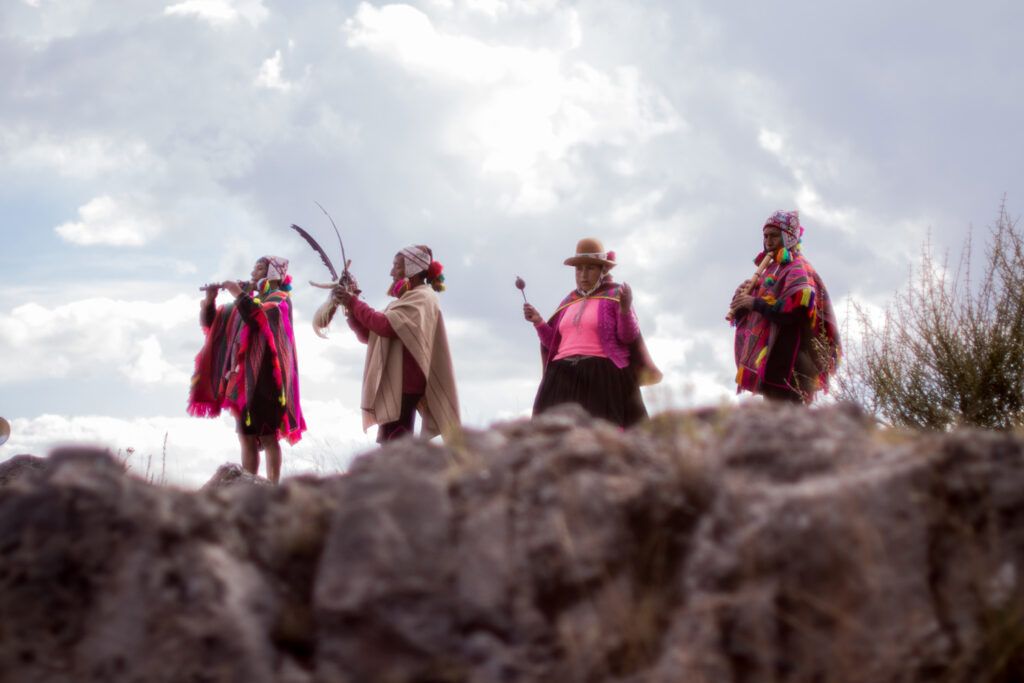
The spiritual path of the paqo is not a decorative asset or a borrowed aesthetic. It is alive, rooted, and inseparable from a cosmovision rooted in Kawsay.
From that vantage, we argue that to frame outsider use of Q’ero practices in terms of “appropriation” is both misleading and limits our capacity to understand their depth.
Who are the Q’ero and the paqos?
The Q’ero Nation, who guard one of the highest regions in the Peruvian Andes near Apu Ausangate and Paucartambo, carry the living lineage of the Inka. Within their sacred community, the paqos are not merely practitioners, but mediators between the seen and unseen worlds.
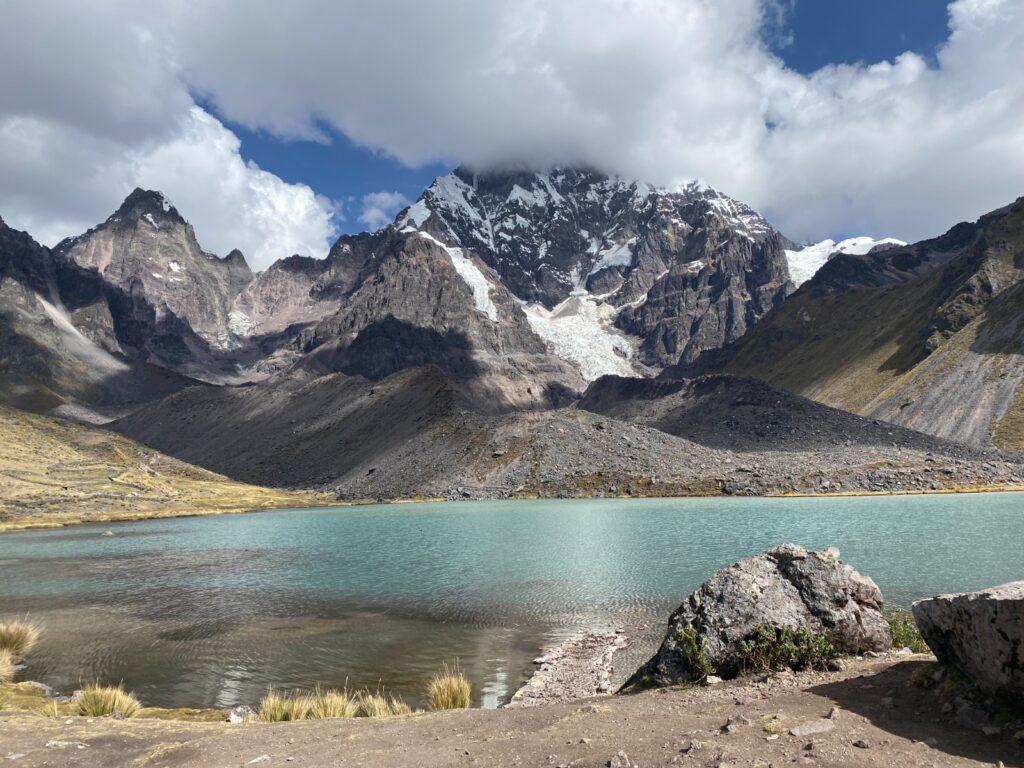
They work through the living energies of Munay, Yachay, and Llankay, serving as bridges between humanity and the sacred landscape of Pachamama and the Apus.
In the Q’ero tradition taught within Inca Medicine School, ritual, cosmology, and ethics are inseparable threads of the same Kawsay.

Principles such as Ayni, Hucha Mikhuy, and Coca Divination operate as living expressions of an ancient energetic system (not as isolated techniques to be borrowed or imitated). But as forces that breathe through relationship, intention, and respect.

Some cautions & limitations of cultural appropriation
- Not every outsider who learns is acting in bad faith; some genuinely seek resonance and respect.
- The boundaries of who is “inside” or “outside” are fluid; intercultural relationships can be complex.
- Indigenous communities are not monolithic; some Q’ero may teach or share under certain conditions.
- We must remain humble, recognizing that we cannot fully speak “for” the Q’ero as a whole.
To say that “cultural appropriation does not exist for the paqos Q’eros” is not to deny that harm or misuse can occur.
Rather, it emphasizes that the very assumption behind appropriation—that people can detach, decontextualize, and reuse practices—does not apply cleanly to a living, relational tradition.
With respect, care, and inclusion, perhaps paths of co-walking rather than taking are possible.
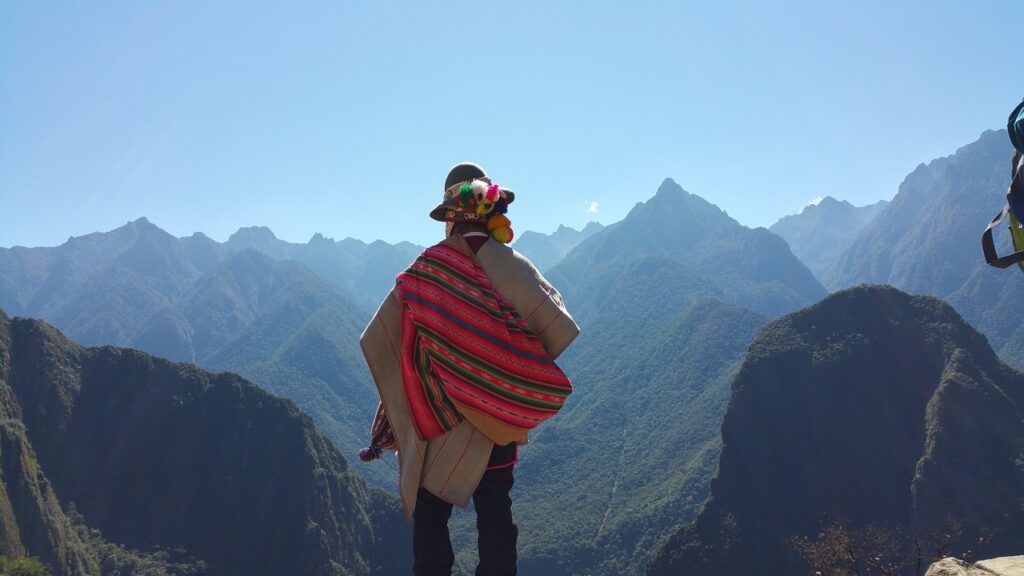
In the work of IncaMedicineSchool, our aim is not to “adopt” Q’ero practices as exotic modules, but to honor them, to enter into ayni with them, to support authentic transmission while resisting superficial appropriation.
Bibliography
- Devries, Melody J. “Heritage Appropriation and Commoditized Spirituality: Q’ero Mysticism & Andean New Age Healing.” NEXUS 23, no. 1 (2015).
- “What is Q’ero Spiritual Tradition Today?” MemoryQero.
- “Coca Leaf Reading and Healing Discussion from Hatun Q’ero Paqos of Peru.” ShamanicPractice.org.
- “Paqos on a Pedestal.” Q’enti Wasi

